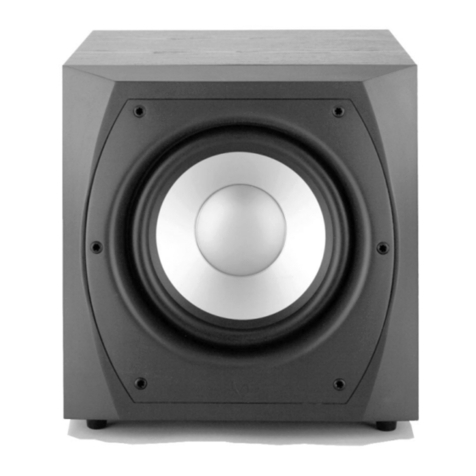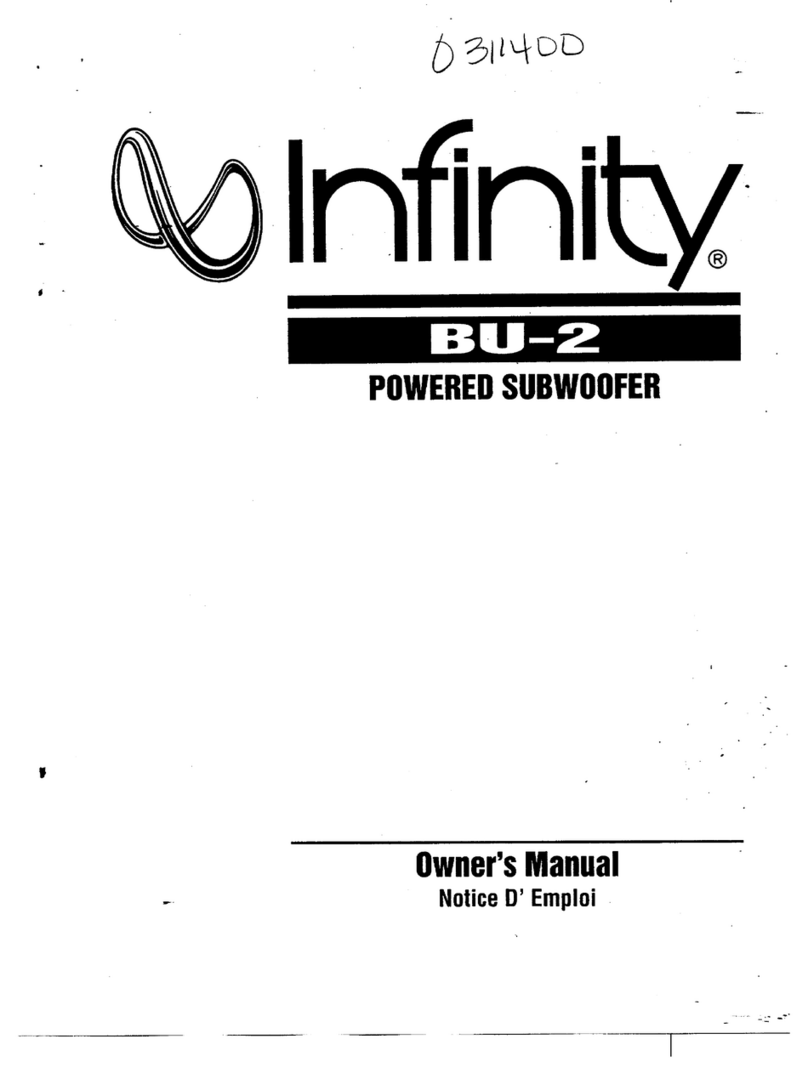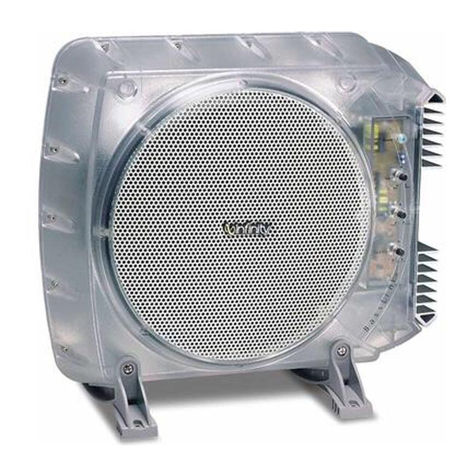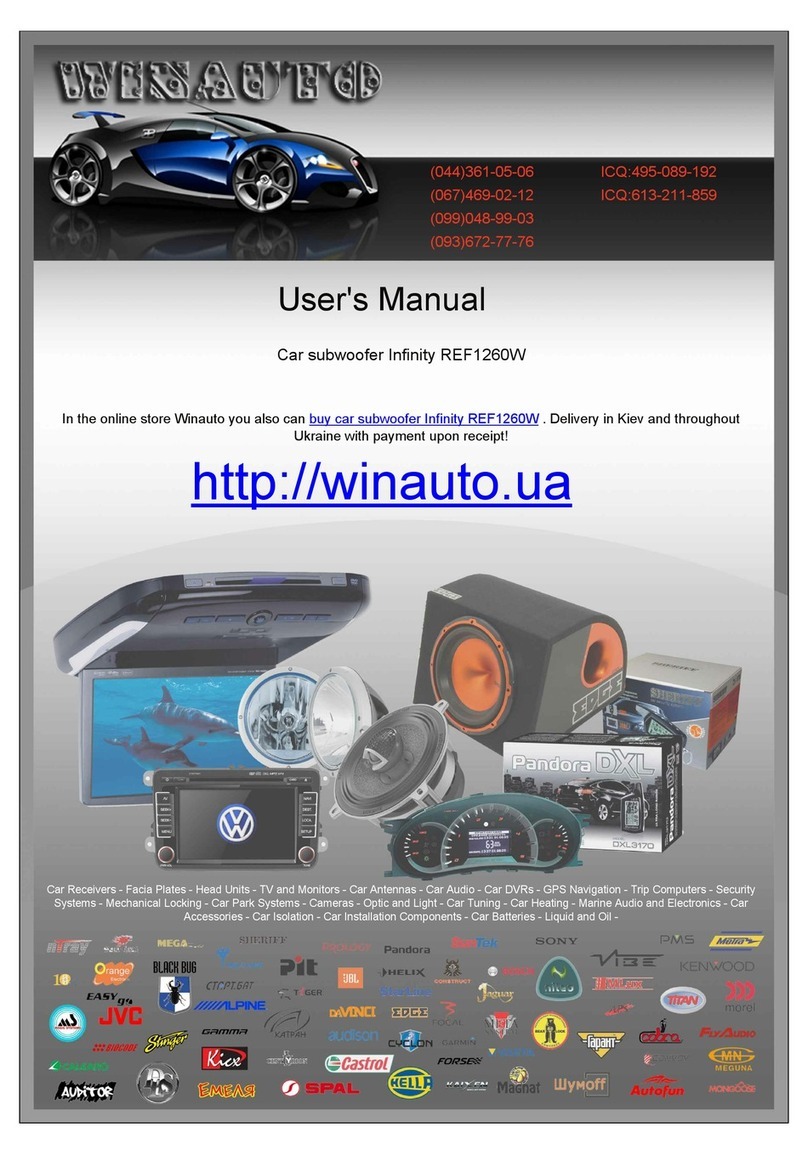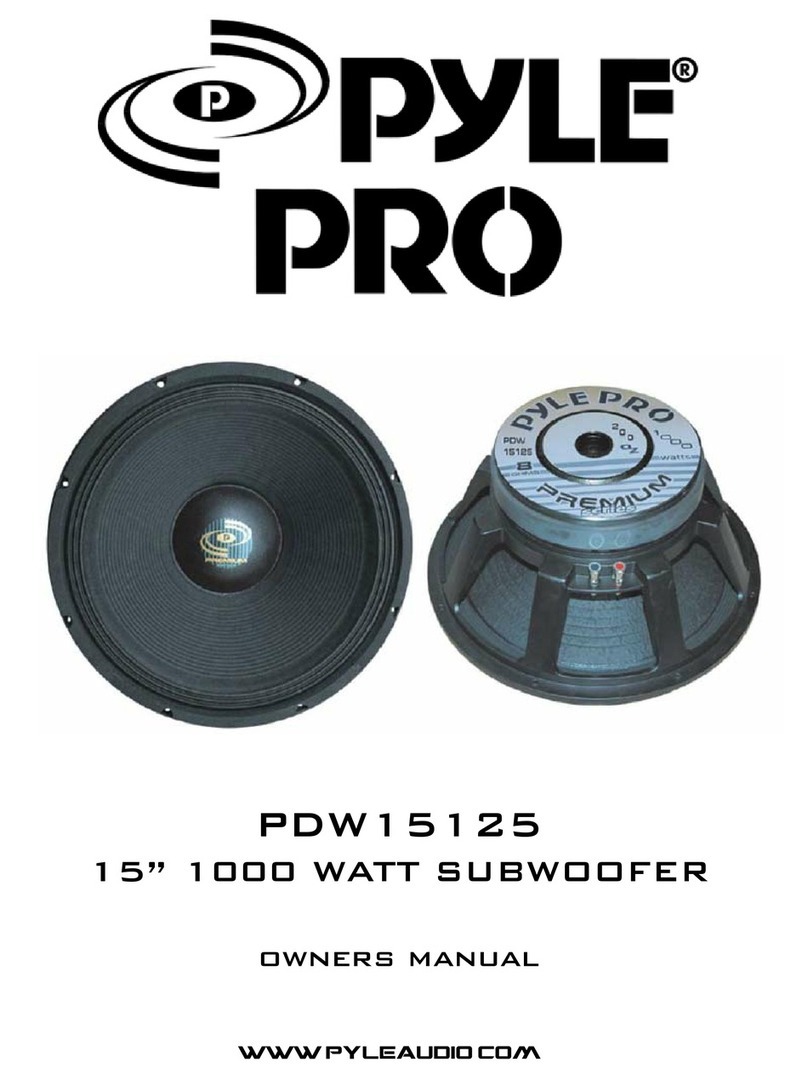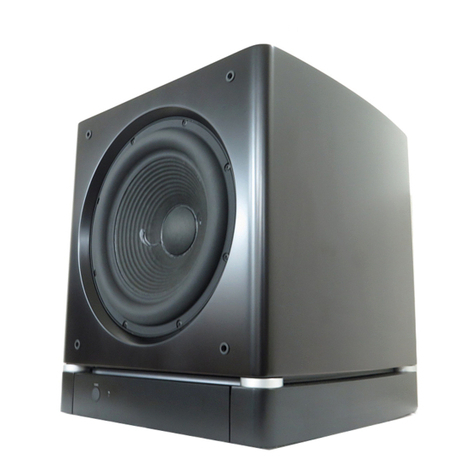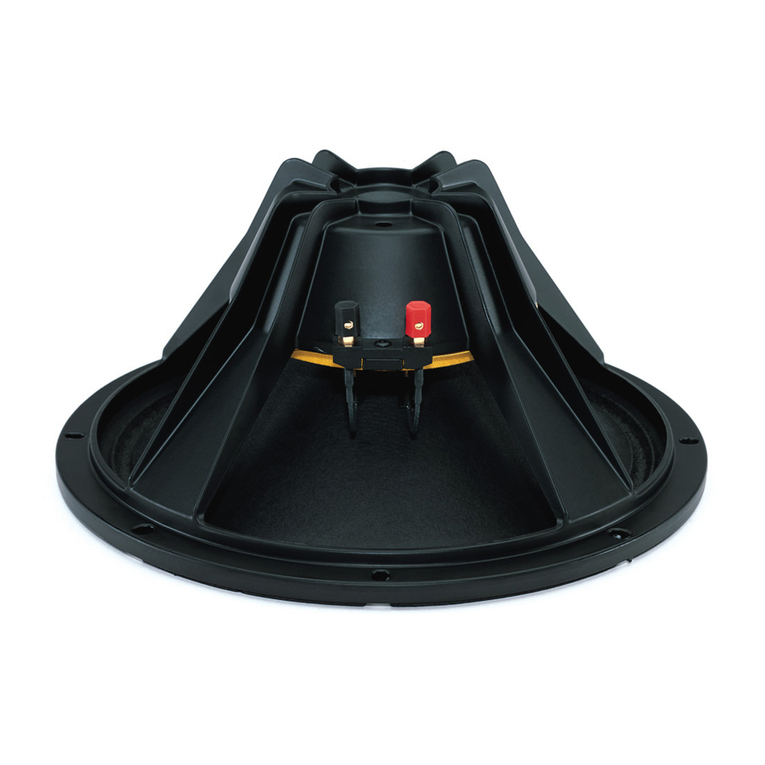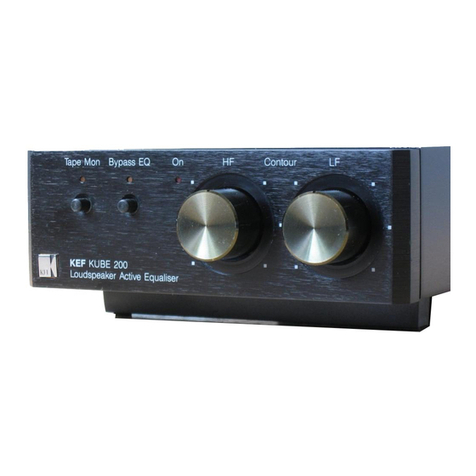Infinity Infinity Modulus User manual
Other Infinity Subwoofer manuals
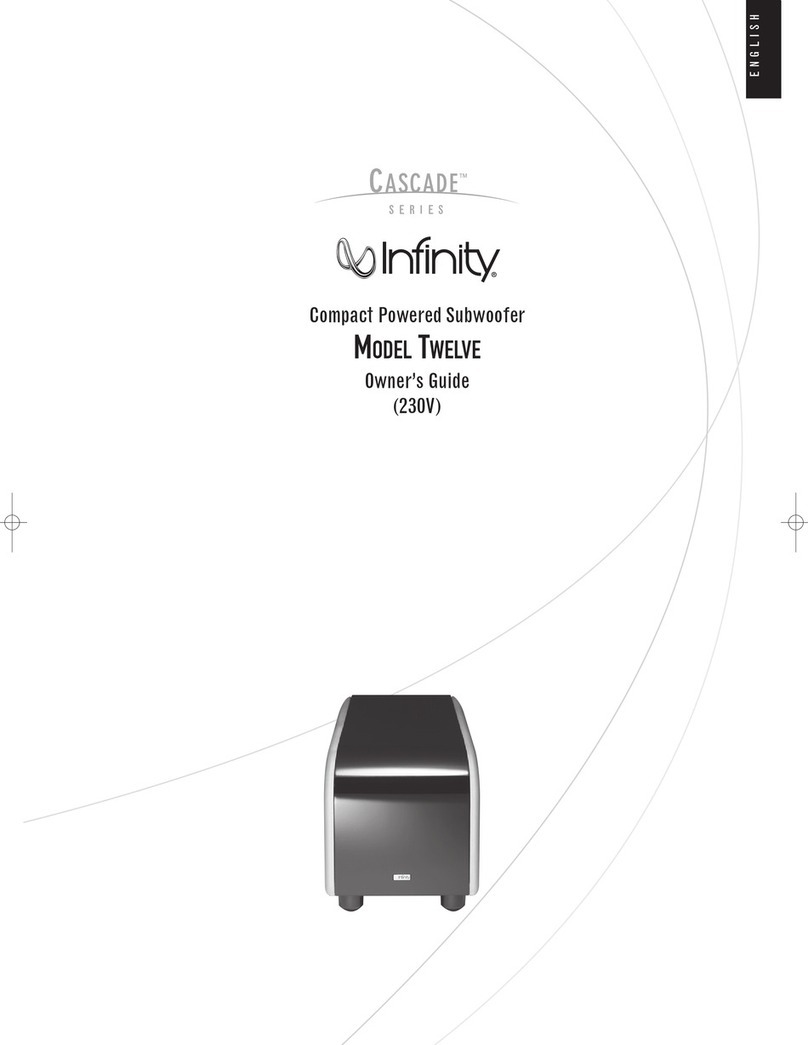
Infinity
Infinity Model Twelve User manual
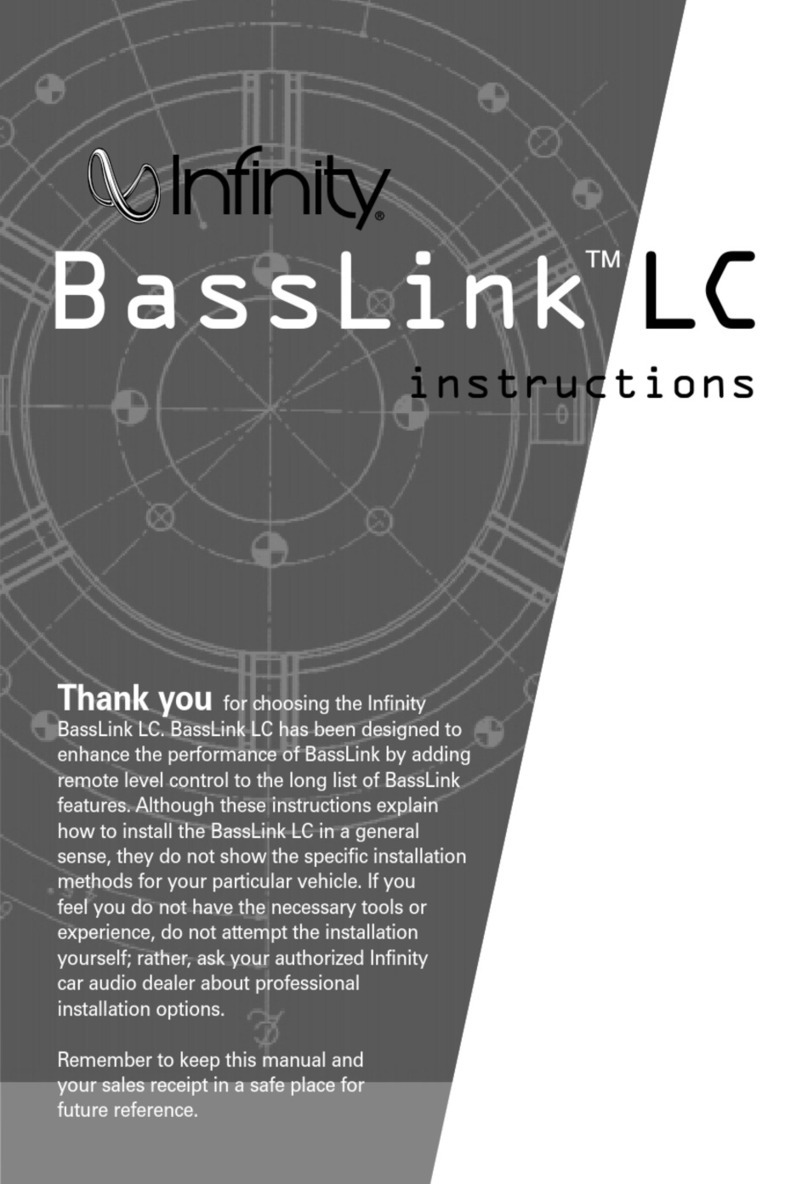
Infinity
Infinity BassLink LC User manual
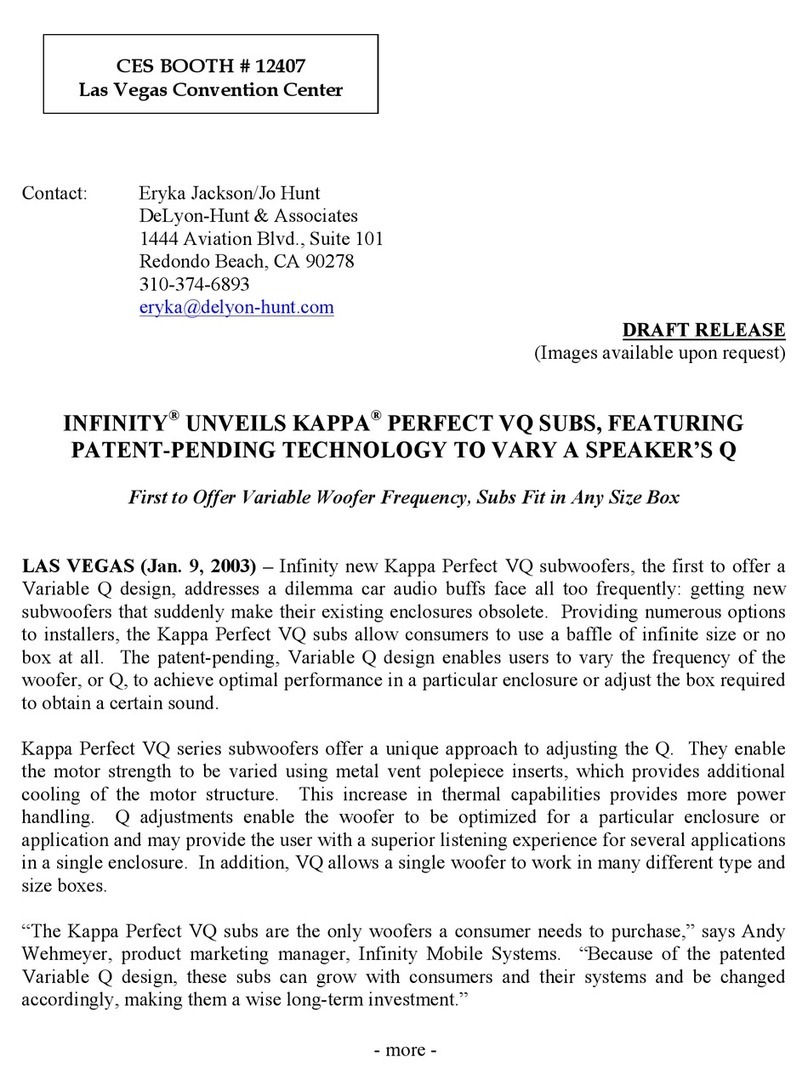
Infinity
Infinity Kappa Series perfect 12 VQ Manual
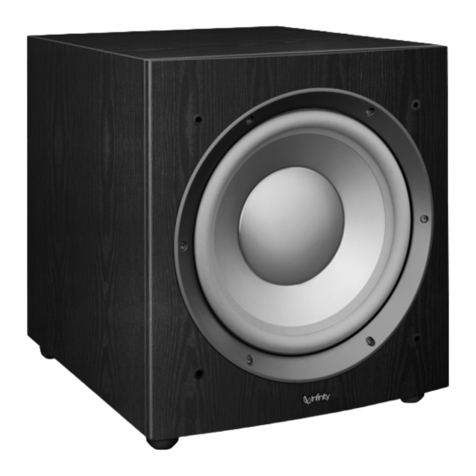
Infinity
Infinity Beta SW-12 User manual

Infinity
Infinity Reference 1052w User manual
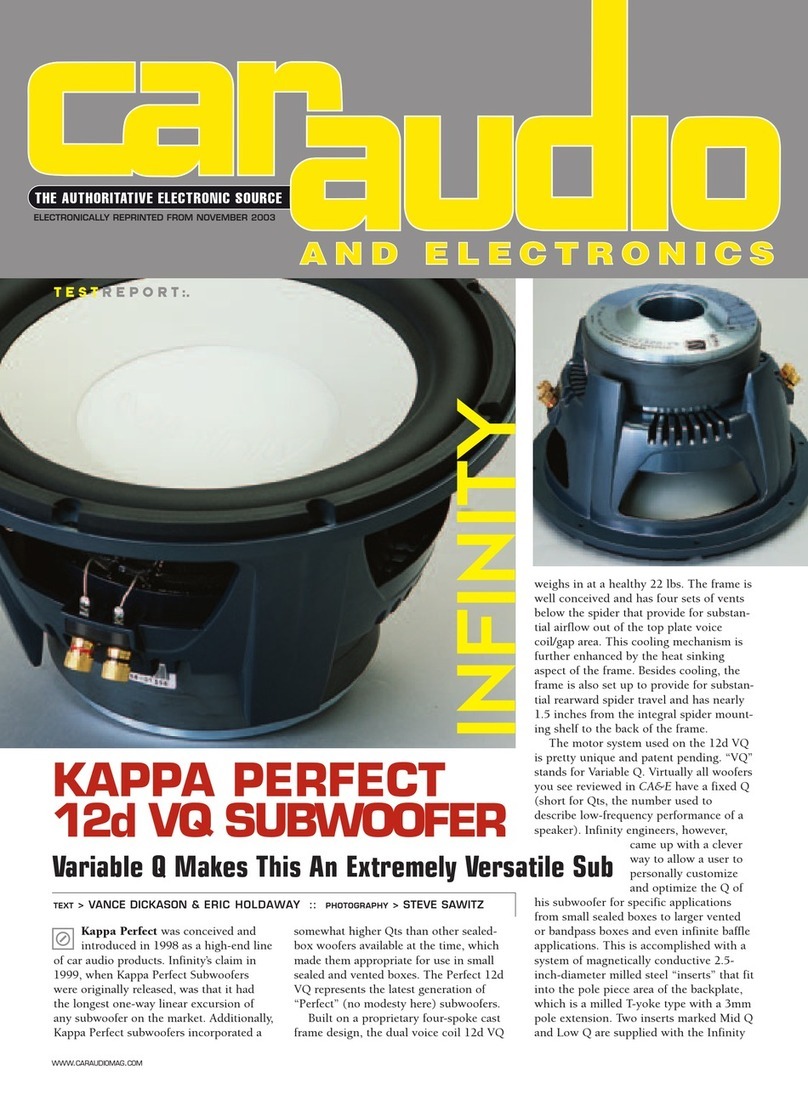
Infinity
Infinity Kappa Series perfect 12d VQ User manual
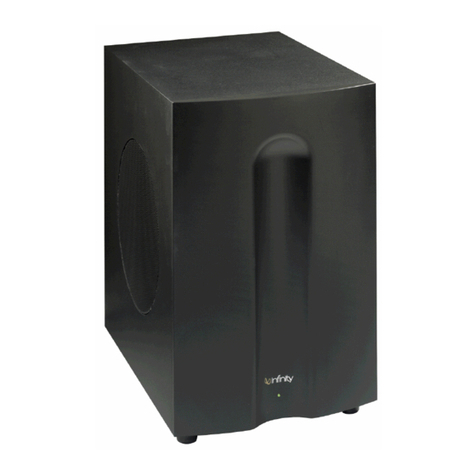
Infinity
Infinity SUB450 User manual
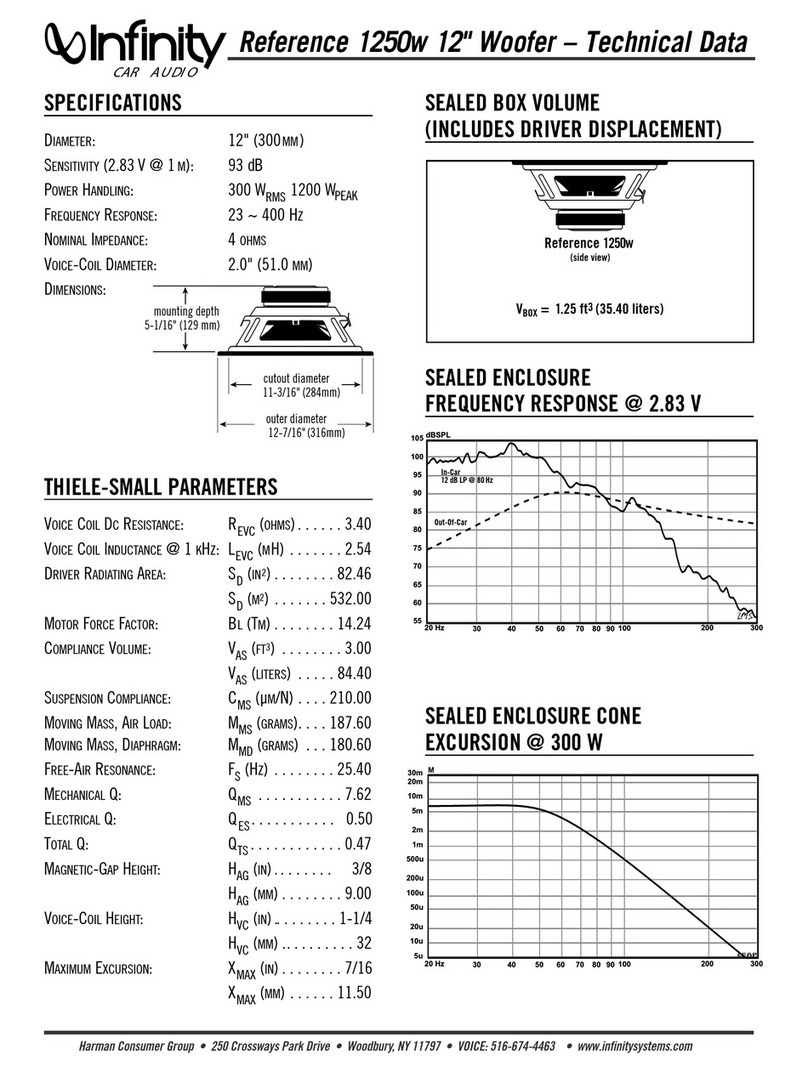
Infinity
Infinity Reference 1250w Instruction manual
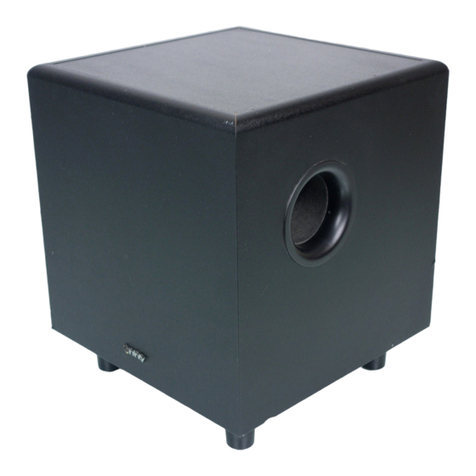
Infinity
Infinity BU-1 User manual
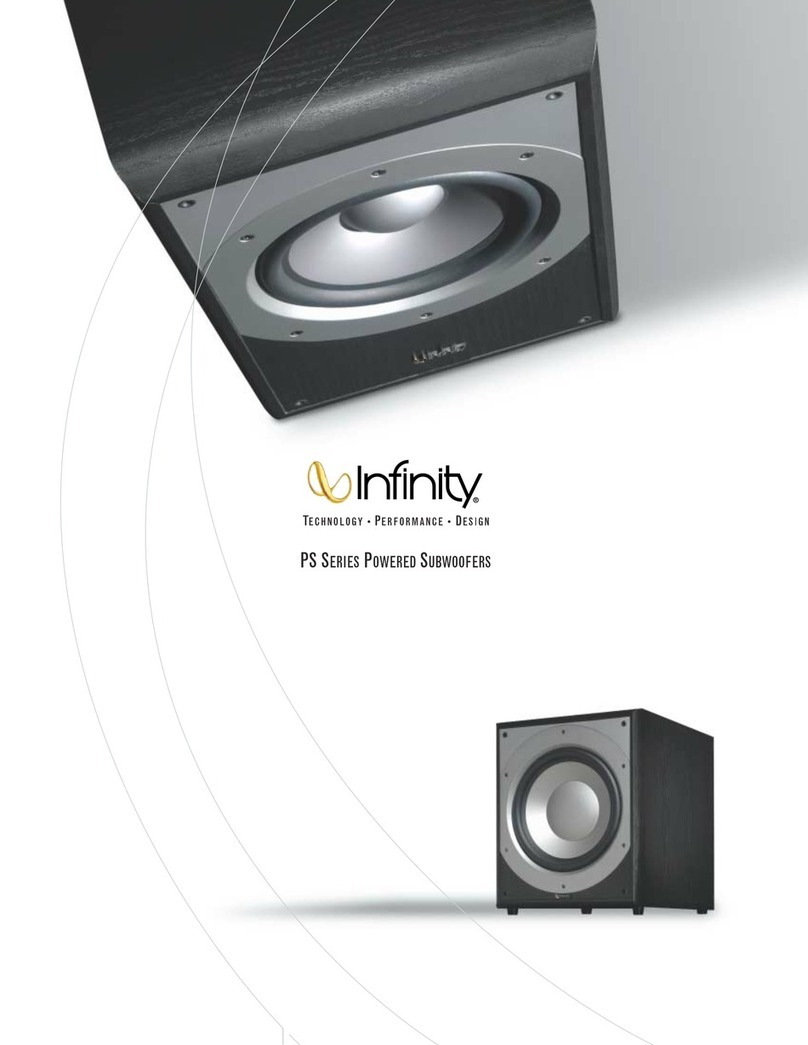
Infinity
Infinity PS SERIES User manual

Infinity
Infinity Reference 1042w Instruction manual
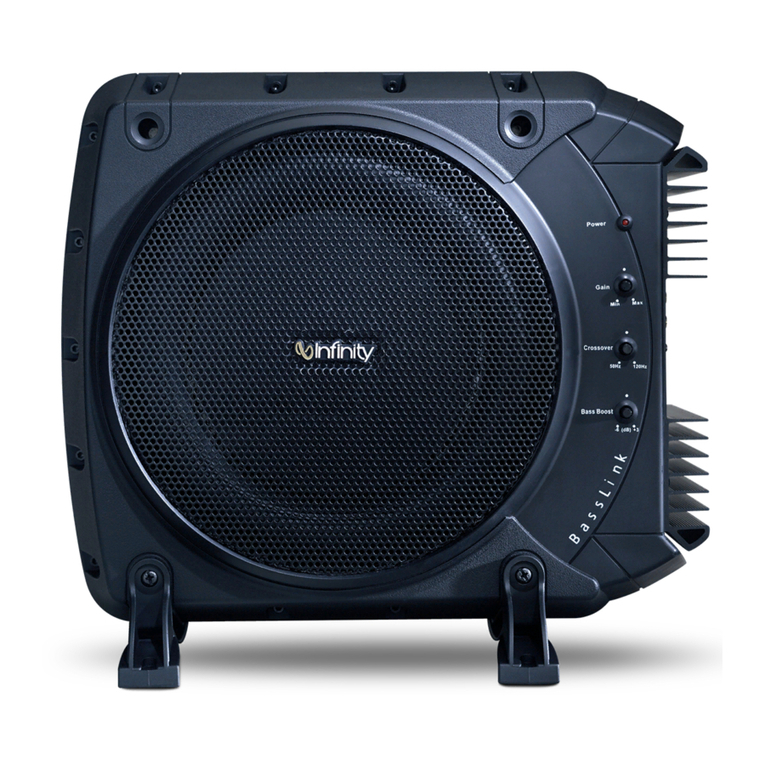
Infinity
Infinity BassLink User manual
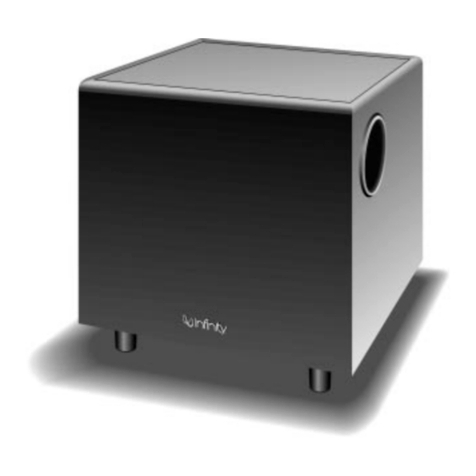
Infinity
Infinity BU-2 User manual
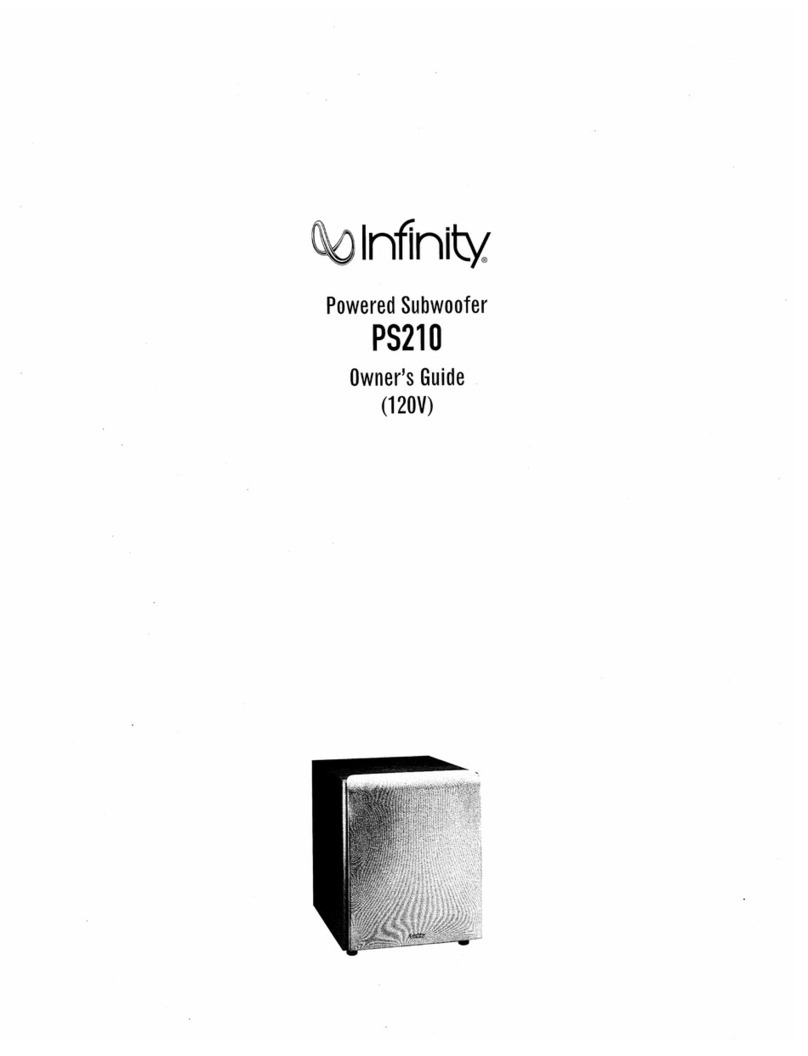
Infinity
Infinity PS210 User manual
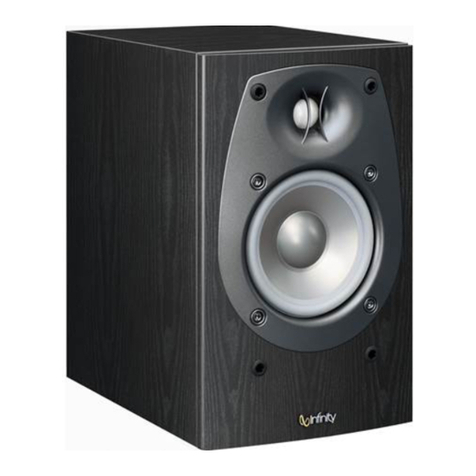
Infinity
Infinity Beta Ten 10" Subwoofer User manual
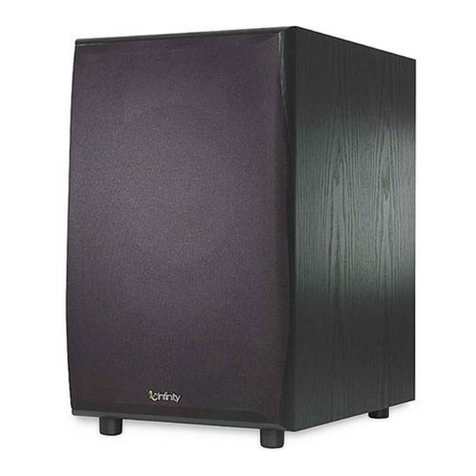
Infinity
Infinity Primus PS-8 Infinity User manual
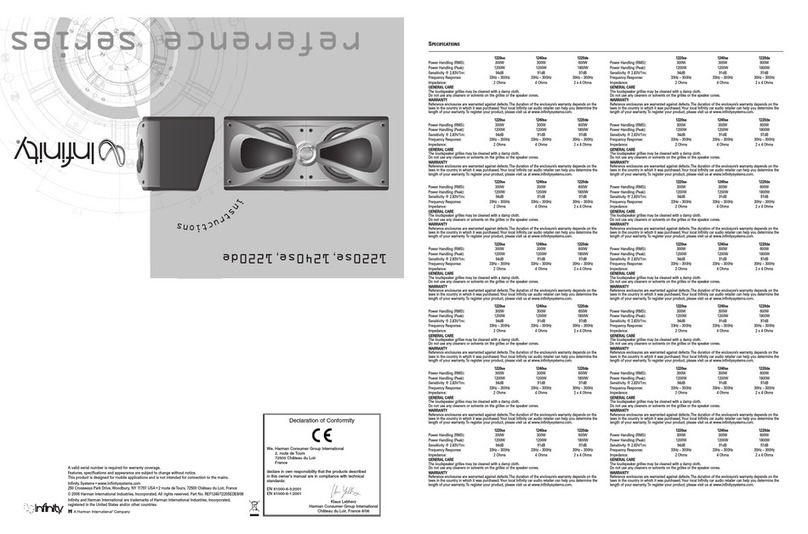
Infinity
Infinity Reference 1220de User manual
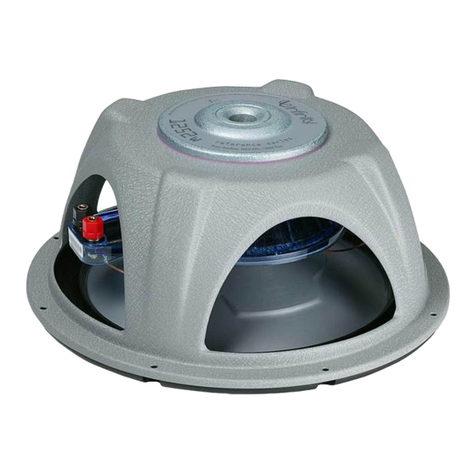
Infinity
Infinity Reference 1252w Instruction manual

Infinity
Infinity SSW-10 User manual
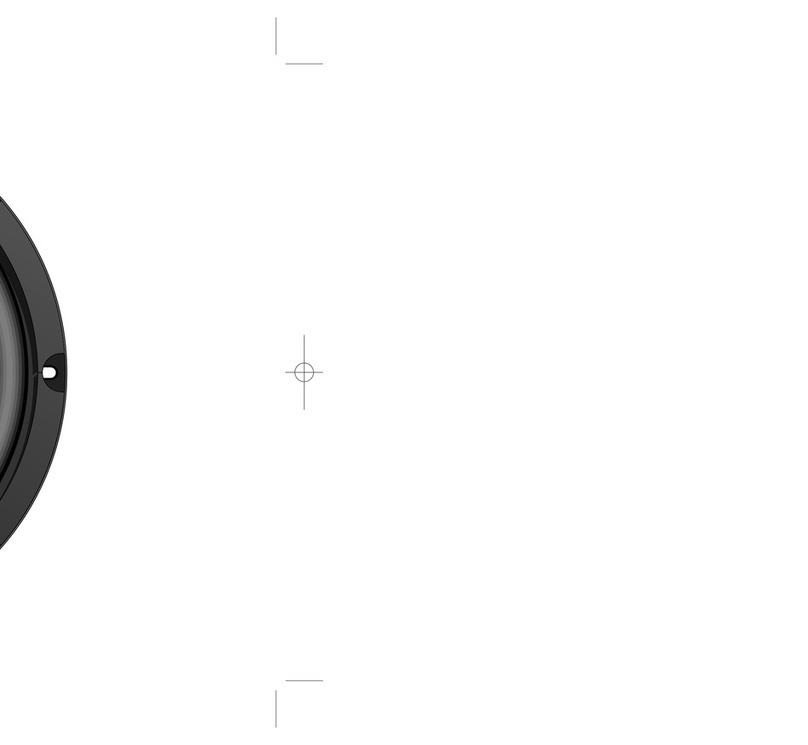
Infinity
Infinity 80.1w User manual
